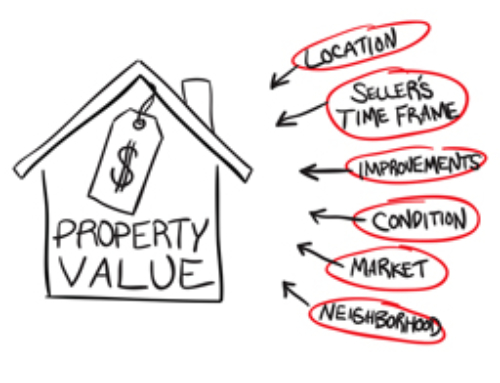 The Beginning of the End of the Foreclosure Era – Part Two: Seeing Improvement
The Beginning of the End of the Foreclosure Era – Part Two: Seeing Improvement
Did you read last month’s post on predicting the beginning of the end of the foreclosure era? Steve Cook discussed the three key factors that will determine the pace of change in the foreclosure market: 1) demand, which is largely a function of the economy; 2) processing delays; and 3) delinquency rates.
Why is the foreclosure picture improving? Don’t praise the national economy, at least not yet. Nothing was more important in stemming the foreclosure flood than improving the job picture. Yet the unemployment picture has yet to stabilize and still changes course on a monthly basis.
Don’t thank the government’s foreclosure programs either. They were too complicated, too slow, too expensive, and too acrimonious, and they fell so far short of their goals that they didn’t help enough homeowners to make a major difference, though they helped many. After three years of effort, 4 million homes are in foreclosure, or about to be, and 23 percent of all homeowners with mortgages are still underwater.
Who should get credit for the end of the foreclosure era?
In the end, thank American homeowners and real estate investors and their steadfast faith in real estate. The initial wave of foreclosures that resulted from poisonous loans made with slipshod documentation and Rube-Goldberg-like mortgage products has almost completely flushed through the system. The foreclosures generated by recessionary layoffs that spread the plague to every corner of the nation are abating. The vast majority of homeowners continue to make their payments as long as they can, even if their equity in their home hasn’t rewarded them lately.
Give credit also to the changes forced upon the mortgage finance industry by their governmental watchdogs, including Fannie and Freddie. It’s been five years since a series of tougher lending standards changed the mortgage rules forever and shut the door on loans without documentation or regard for a borrower’s ability to repay.
The average American family moves every eight years. It won’t be long before most mortgages in effect in this country will have been originated in a way that dramatically reduces the risk incurred by borrowers and lenders alike. Never again will the nation endure a foreclosure era like this one.
READ MORE:
Help Is on the Horizon for Unemployed Homeowners
Housing Price Predictions: When Will Prices Rise?
The Cube Project: What Would You Give Up To Live In A Tiny House?
Now is the Time of the Real Estate Investor
Pet-Friendly Housing Steering the Real Estate Market
Steve Cook is Executive Vice President of Reecon Advisors and covers government and industry news for the Reecon Advisory Report.
Cook is a member of the National Press Club, the Public Relations Society of America and the National Association of Real Estate Editors, where he served as second vice president. Twice he has been named one of the 100 most influential people in real estate. He is a graduate of the University of Chicago, where he was editor of the student newspaper. In addition to serving as managing editor of the Report, Cook provides public relations consulting services to real estate and financial services companies, and trade associations, including some of the leading companies in online residential real estate.





